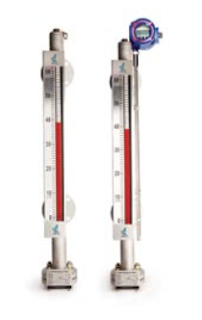 |
| General Condition Monitor (courtesy of E ONE Utility Systems) |
High concentrations of sub-micrometer particles (pyrolysis products) are released whenever any material is heated sufficiently to create thermal decomposition. The GCM-A detects the pyrolysis particles emitted into the cooling air (or ambient air) as a result of overheating or arcing.
The GCM-A monitors multiple air sample lines (locations) using a highly sensitive particle detector. The detector used to make these invisible particles large enough to monitor for concentration is a Wilson Cloud Chamber. The Wilson Cloud Chamber has been used and proven effective as an early warning, air sampling type, fire detector for several decades.
One sample line monitors ambient air, which serves as a reference since the particle level in the ambient air can change significantly and influence the particle level of the generator cooling air. One or more additional sample lines (or probes) are used to monitor the generator cooling air, which is compared against the particle level of the ambient air. High particle levels in the generator cooling air, without a corresponding increase in the ambient air, confirms the source of the pyrolysis particles is from within the generator. Conversely, if the particle level in the ambient air increases the source of the overheating must be outside the generator.
A more in-depth review detecting hot spots in air cooled generators can be found here.
To discuss your interest in this application, please contact:
Power Specialties, Inc.
9118 E. 72nd Terrace
Raytown, MO 64133
Toll Free: (800) 432-6550
Phone: (816) 353-6550
Fax: (816) 353-1740







